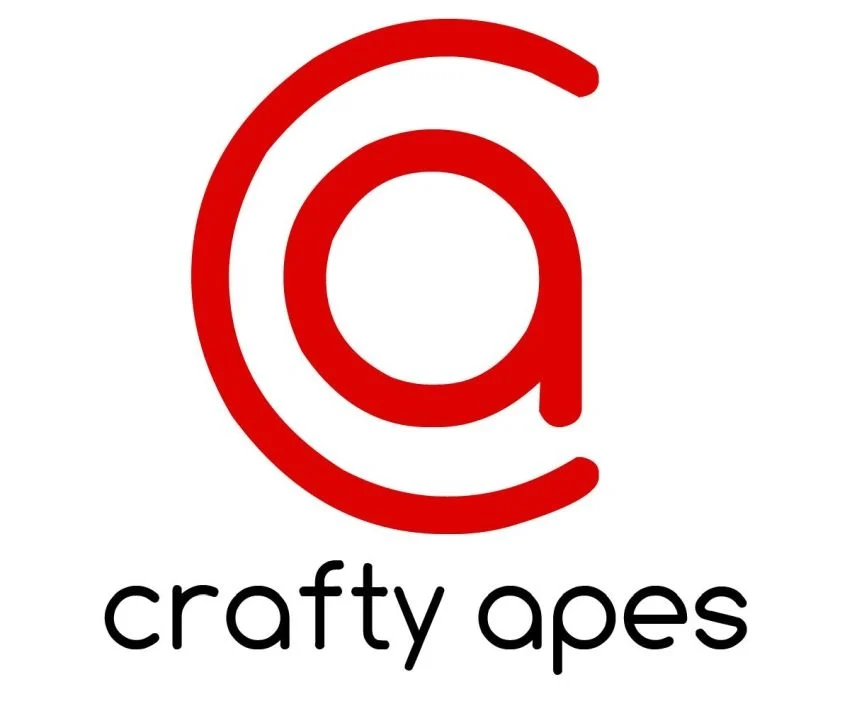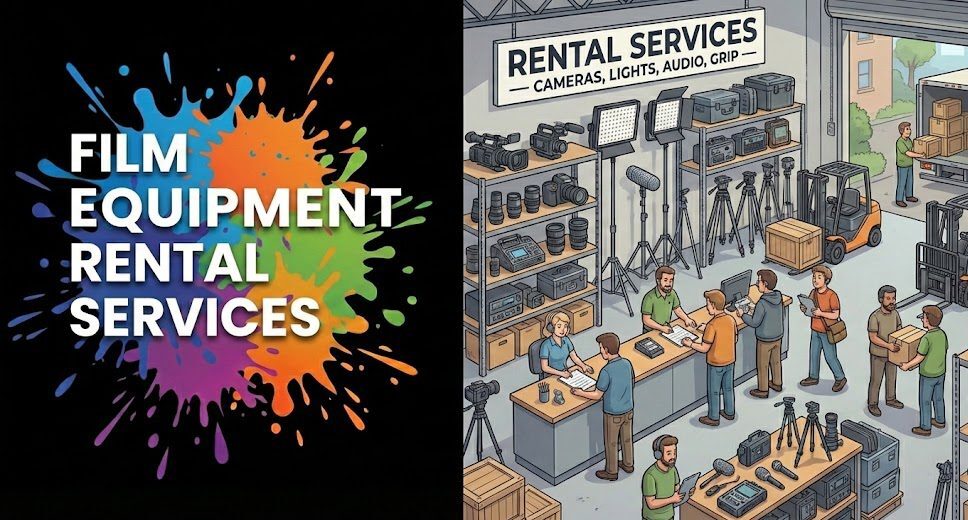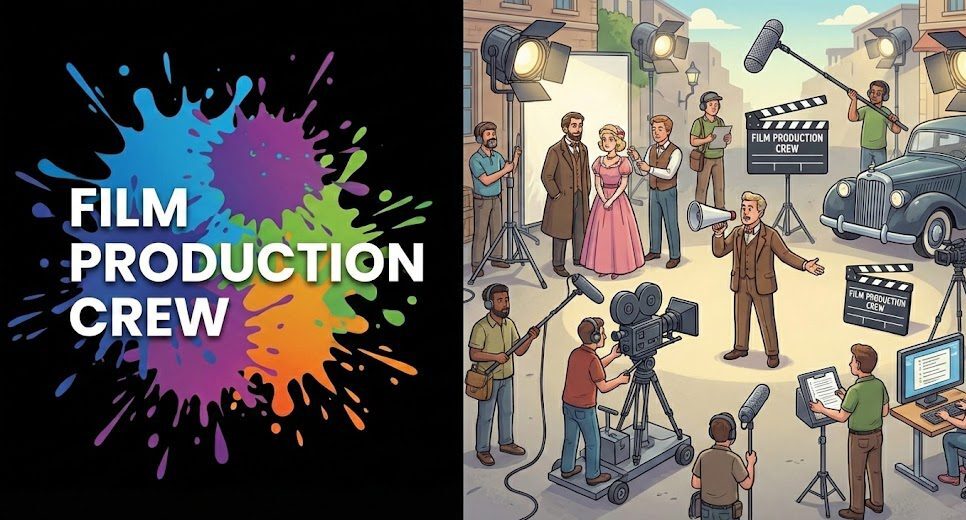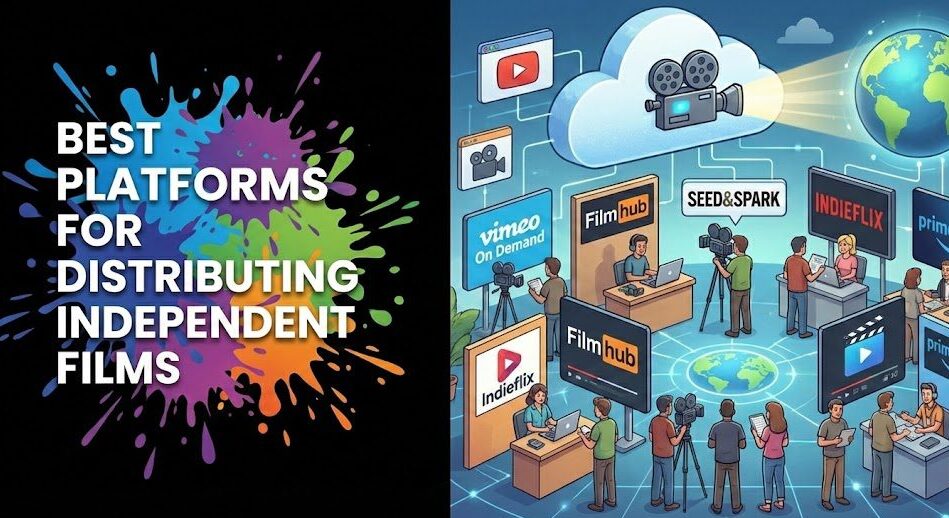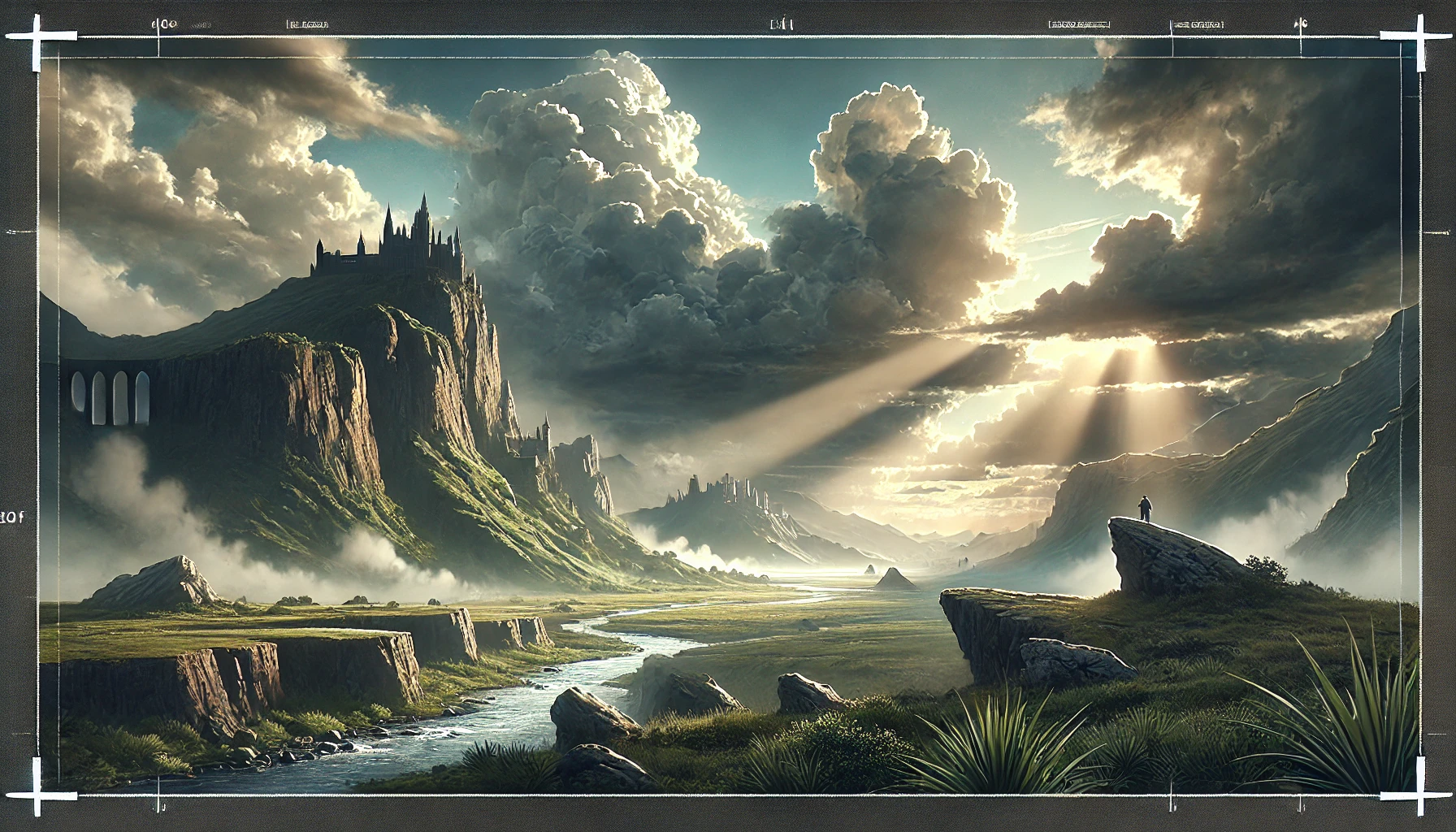The Ultimate Guide to Types of TV Formats for 2025

As a senior M&E executive, your most critical decisions revolve around which content to back. Choosing the right TV format is not just a creative bet; it’s a high-stakes investment that can define a network’s slate or a streamer’s quarterly growth.
The modern content explosion has created a landscape of immense opportunity but also unprecedented risk, where backing a declining format or missing a rising trend can lead to significant financial loss and a loss of competitive ground.
The core challenge is navigating this landscape with clarity, moving beyond anecdotal evidence to a data-driven strategy. This guide provides a strategic framework for understanding the dominant types of TV formats, powered by my analysis of the global entertainment supply chain.
It will demonstrate how an intelligence platform like Vitrina is essential for identifying, tracking, and connecting with the partners creating the world’s next hit formats.
Your AI Assistant, Agent, and Analyst for the Business of Entertainment
VIQI AI helps you plan content acquisitions, raise production financing, and find and connect with the right partners worldwide.
Table of content
- The Foundational Distinction: TV Format vs. Genre
- The Engine of Global Content: Analyzing Unscripted TV Formats
- High-Investment, High-Return: A Look at Scripted TV Formats
- From Insight to Action: How to Track Emerging TV Format Trends
- How Vitrina Helps You Master the TV Format Landscape
- Conclusion: Building a Winning Content Strategy
- Frequently Asked Questions About TV Formats
Key Takeaways
| Topic | Description |
|---|---|
| Core Challenge | The primary difficulty for executives is identifying which
TV formats are gaining global traction versus those that are oversaturated, a task complicated by fragmented data. |
| Strategic Insight | Unscripted formats offer scalability and easier international adaptation, while scripted formats represent high-risk, high-reward assets that build brand prestige and long-term IP value. |
| Vitrina Relevance | Vitrina’s platform directly solves the discovery problem by tracking global projects from development to release, allowing you to identify companies specializing in niche formats and monitor competitor activity. |
| Actionable Opportunity | By systematically tracking formats, you can identify co-production opportunities in emerging markets and find specialized partners (e.g., animation studios, sports-doc producers) to execute your content strategy. |
The Foundational Distinction: TV Format vs. Genre
Before diving into the specific types, it’s crucial to clarify a common point of confusion in our industry: the difference between a “format” and a “genre.” A genre is a categorical label describing the tone and narrative style of a show, such as “comedy,” “drama,” or “sci-fi.” It tells you what the show feels like.
In contrast, a TV format is the detailed blueprint of the show itself—the structure, rules, and recurring elements that can be licensed, sold, and replicated in different markets.
Think of “Who Wants to Be a Millionaire?“; the genre is a game show, but the specific structure of lifelines, the money tree, and the “Is that your final answer?” tagline constitute the format. For you as an executive, this distinction is paramount. You acquire or develop shows within a genre, but you license or create intellectual property through a format.
The Engine of Global Content: Analyzing Unscripted TV Formats
Unscripted television remains a powerhouse of the global content ecosystem. These formats are generally more cost-effective to produce and can be adapted for local cultures with greater ease, making them ideal for international co-production and licensing.
According to a report by K7 Media, the unscripted format market has shown remarkable resilience and growth, particularly in streaming. However, this vast landscape requires careful navigation to identify genuinely innovative concepts from derivatives.
My analysis of the market shows that success here is about identifying a robust, repeatable structure.
Reality Competition
This format pits contestants against each other in a series of challenges, culminating in a winner. It spans everything from talent searches (e.g., American Idol) to survival challenges (e.g., Survivor) and culinary contests (e.g., The Great British Bake Off).
Strategic Insight: Reality competitions are powerful vehicles for creating mainstream cultural moments and generating substantial audience engagement. They are highly licensable and offer numerous ancillary revenue opportunities, from merchandise to live tours.
The primary risk is market saturation; your strategy must focus on finding a unique, underserved niche or a fresh take on a classic structure.
Observational & Docusoap
These formats follow the lives of individuals or groups in a particular environment, from the high-stakes world of luxury real estate (e.g., Selling Sunset) to the daily operations of a unique family business. The narrative is driven by real-life events and interpersonal dynamics, structured by producers to create compelling story arcs.
Strategic Insight: Docusoaps offer a lower-cost entry into character-driven storytelling. Their success hinges on casting charismatic, compelling personalities. For you, the opportunity lies in identifying subcultures or professions that are fascinating yet underexposed.
The challenge is the lack of a rigid, repeatable structure, making quality control from season to season a key management focus.
Discover Top Unscripted Format Producers

Factual & Sports Documentary
Fueled by the binge-watching model of streamers, the premium documentary has evolved into a major format category. This includes everything from true-crime series (e.g., Making a Murderer) to deep-dive sports chronicles (e.g., Formula 1: Drive to Survive).
These are distinct from simple documentaries in that they are structured as multi-part series with a strong narrative engine.
Strategic Insight: Premium factual content can attract critical acclaim and define a platform’s brand. These projects often grant access to exclusive worlds or archives, creating a strong competitive moat.
Your strategic challenge is securing the rights and access needed for these stories. The opportunity is global; as seen in a recent analysis by Variety, international sports stories and historical events have massive cross-border appeal.
Game & Quiz Shows
A perennial format, game shows test contestants’ knowledge, skill, or luck for prizes. They range from simple, stripped daily shows to large-scale, primetime events. The key to a successful game show format is a simple, addictive central “game” that viewers can play along with from home.
Strategic Insight: Game shows are reliable, scalable, and highly adaptable for different international markets. A strong format can run for decades, becoming a foundational part of a broadcaster’s schedule.
The primary challenge is creating a game that is both original and easy to understand. Your focus should be on formats with strong, protectable IP in their mechanics and branding.
High-Investment, High-Return: A Look at Scripted TV Formats
Scripted television represents the pinnacle of content creation in terms of budget, complexity, and potential reward. These formats are the foundation of brand-defining original programming for major studios and streamers.
While more expensive and culturally specific than many unscripted shows, a successful scripted series can generate immense long-term value through global licensing, syndication, and franchise potential.
My analysis indicates that the key strategic decision here is the choice between procedural, serialized, and limited series structures, each with distinct financial and audience-building implications.
Procedural Drama
Procedural dramas feature a self-contained story in each episode, typically involving a crime, medical case, or legal battle that is resolved by the end of the hour (e.g., Law & Order, CSI). While character arcs exist, the primary appeal is the repeatable case-of-the-week structure.
Strategic Insight: Procedurals are the workhorses of linear television and perform well in syndication because audiences can watch any episode in any order. For streamers, they drive high engagement through sheer volume.
The risk is creative fatigue and the high cost of production. Success requires a compelling core concept and a strong ensemble cast that can sustain audience interest over hundreds of episodes.
Find Your Next Scripted Co-Production Partner

Serialized & Limited Series
Serialized dramas (e.g., Breaking Bad, The Crown) feature complex, overarching narratives that unfold across a season or the entire series. Limited series (e.g., Chernobyl, The Queen’s Gambit) tell a complete, closed-ended story within a single season.
Strategic Insight: This is the format of “prestige TV.” These series generate intense fan engagement, critical acclaim, and awards, which are invaluable for building a platform’s brand. They are, however, a high-risk proposition, demanding significant investment and top-tier talent. The inability to syndicate individual episodes makes the initial run’s success paramount. For you, the strategy is to secure compelling IP and A-list talent to de-risk the investment.
Situation Comedy (Sitcom)
Sitcoms are built around a recurring cast of characters in a fixed environment, such as a home or workplace (e.g., Friends, The Office). Traditionally filmed before a live audience, the format has evolved to include single-camera styles that blend comedic and dramatic elements (dramedy).
Strategic Insight: A hit sitcom is one of the most valuable assets in television, capable of generating billions in long-term syndication and streaming revenue. They are incredibly difficult to get right, as humor is subjective and chemistry is unpredictable. Your focus must be on the strength of the core concept and the writing team, as a strong “bible” is essential for longevity.
Animation (Adult & Family)
Once considered a niche for children, animation is now a major format for all demographics, from adult-oriented comedies (e.g., Rick and Morty) to epic family adventures (e.g., Avatar: The Last Airbender). The production process is long, but it allows for complete creative control over the visual world.
Strategic Insight: Animation travels exceptionally well across borders, as dubbing is seamless and characters can achieve global recognition. It is a powerful format for building long-lasting franchises. The strategic challenge is the high upfront cost and long production timelines. Finding the right animation studio is a critical decision, as exemplified by Warner Bros. Discovery using Vitrina to identify studios in APAC & LATAM for co-production deals.
From Insight to Action: How to Track Emerging TV Format Trends
Understanding these types of TV formats is only the first step. To maintain a competitive edge, you need to know which formats are gaining traction, which are in development, and who is behind them. Relying on film markets and personal networks is no longer sufficient. The global production landscape is too vast and moves too quickly. You face the constant pain points of fragmented data, a lack of visibility into early-stage projects in emerging markets, and the sheer manual effort required to build a pipeline of potential partners or acquisition targets. A systematic, data-driven approach is the only way to effectively monitor the global content supply chain and spot opportunities before they become common knowledge.
Get Strategic Briefings on Content Trends

How Vitrina Helps You Master the TV Format Landscape
My analysis consistently shows that success in the modern M&E landscape is determined by the quality of your intelligence. A platform like Vitrina is designed to address the exact challenges of tracking and acting upon TV format trends. It provides the infrastructure to turn your strategic goals into executed deals by connecting you to the global supply chain.
- Identify Format Specialists at Scale: Instead of relying on word-of-mouth, you can instantly search over 80,000 production companies and filter them by their specialization. Find the top producers of sports documentaries in Australia or adult animation studios in Latin America in minutes, not months.
- Track Projects from Inception: Gain an early warning on upcoming projects through Vitrina’s Global Film+TV Projects Tracker. Monitor what competitors are financing and identify formats in the development stage, giving you a chance to engage for co-production or pre-buy deals.
- Access Key Decision-Makers: The best format idea is useless if you can’t reach the right person. Bypass gatekeepers with a database of over 3 million executive profiles, with verified contact details for the producers, financiers, and development heads who can actually move a project forward.
- De-Risk Partner Selection: Before entering a high-stakes co-production, access deep company profiles that include track records, key personnel, and past collaborations. This allows you to vet potential partners thoroughly, ensuring their capabilities align with your project’s needs.
Conclusion: Building a Winning Content Strategy
In today’s hyper-competitive global market, a deep understanding of the different types of TV formats is fundamental to any successful content strategy. The decision to invest in a procedural, a docusoap, or a limited series has profound implications for your budget, brand, and long-term revenue.
Relying on instinct or outdated information is a direct path to costly errors and missed opportunities. The professional standard is now a data-driven methodology for analyzing format trends and discovering the right partners to execute your vision.
By shifting from manual research to a strategic intelligence framework, you empower your team to focus on what truly matters: building a robust, diverse, and globally competitive content pipeline. Integrating a platform like Vitrina is the most direct way to de-risk these critical decisions.
It provides the verified, real-time data needed to identify emerging trends, qualify partners, and connect with decision-makers, ensuring your investments are built on a foundation of certainty and strategic insight.
Frequently Asked Questions
A genre describes the show’s style or mood, like ‘comedy’ or ‘drama’. A format is the show’s specific structural blueprint—the rules, segments, and core concept—that can be licensed and reproduced. The format is the protectable intellectual property.
Popularity varies significantly by region and demographic. However, unscripted formats like reality competitions and game shows often achieve the broadest global reach due to their lower production costs and ease of cultural adaptation. Scripted formats like serialized dramas, while more niche, often generate more intense “prestige” and brand value for streamers.
The traditional method involves networking at industry markets. A more efficient, data-driven approach is to use a B2B discovery platform like Vitrina to identify production companies, financiers, and distributors with a proven track record in a specific format type and region , and then use verified contact data to initiate outreach.
Creating an original format offers full ownership of the IP but carries a high risk of failure. Licensing a proven, successful format from another territory provides a built-in proof of concept, reducing the creative and commercial risk, but requires a significant licensing fee and offers less long-term upside. The correct strategy depends on your company’s risk tolerance and strategic goals.


